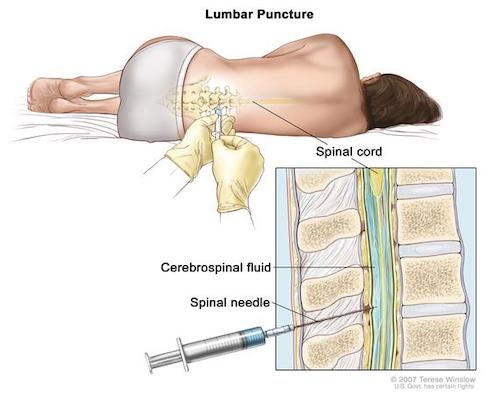healthy soch
New Delhi, September 20, 2019:
Lumbar puncture is an important diagnostic tool for the doctor, especially in an emergency. However, at times the procedure may be unsuccessful and fail to yield desired results. Sometimes, LP can be traumatic, which is difficult to interpret. Both situations can delay the diagnosis, which can be life-threatening at times, and increase costs for the patient; they are also a cause for patient dissatisfaction. And, in this age of litigation, a disgruntled patient is a cause for concern.
A failed LP may be due to poor positioning of the patient or incorrect technique. A patient with spinal abnormalities such as kyphosis, scoliosis, calcification of ligaments or an anxious patient or an obese patient can make the procedure difficult. Knowledge of the anatomy is important for a safe and successful attempt.
Static bedside ultrasound has been used to identify the site and the course (maximum depth during passage of the needle) for the procedure. Evidence has also supported the use of ultrasound in performing a LP.
A recent meta-analysis published early this year in the journal Academic Emergency Medicine has recommended pre-procedural ultrasound-assistance for all lumbar punctures.
The meta-analysis included 12 randomized trials (n = 957), which compared the success rates of ultrasound-assisted LP with the conventional landmark-based LP.
- Ultrasound-assisted LP was successful in 90% of patients as compared to landmark-based LP, which was successful in 81.4% of patients.
- There were fewer traumatic LPs in the ultrasound-assisted group (10.7% vs. 26.5).
- Ultrasound-guided LP also reduced time to successful LP (6.87 minutes vs. 7.97 minutes) with fewer mean needle passes (reduced rate of traumatic LPs) (2.07 vs. 2.66) and also decreased patient pain scores (3.75 vs. 6.31).
–Dr KK Aggarwal
Padma Shri Awardee
healthysoch







